Top 8 Software Development Models
When it comes to software development, there are dozens of software development models to choose from. In this post, we will take a look at top software development models so you can better understand where and how to apply them. First off, let’s start with what we understand by software project development models.
What is a software project development model?
A software project development model is a range of processes and methodologies implemented for the development of the project. There are many types of software development life cycle models that companies use to achieve goals.
Among the factors that go into the selection of the models are: When you conduct the testing, when the presentation can be done, which features should be in place, and the like. Reliability, accuracy, ease of use, and level of technical difficulty are also essential factors when choosing a software project development model.
Your chosen software project development model is incredibly important in software development for a wide variety of reasons. It will dictate the direction and results achieved of a project from the outset. Once you start with one model, it cannot be changed for another.
These are also why different companies often use different software development models for different projects. The scale of the effort and the timelines will definitely be a factor, particularly when dealing with clients who demand instant results. When it comes to the level of skill, the models can change.
Mục lục bài viết
How to choose the best
software development model
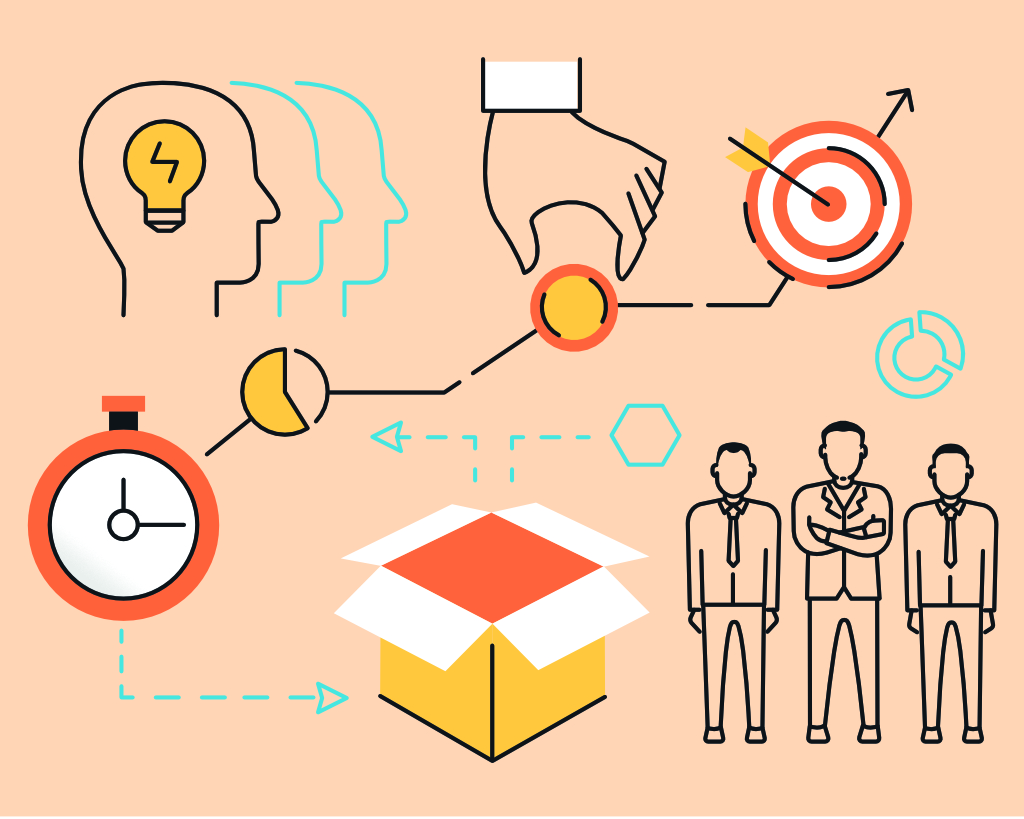
With more than 50 software development models out there, each of them has a chance to either achieve your goal or impede your progress. Any software developer out there knows just how much time is consumed when a mistake occurs. Things can get even worse if you chose the wrong kind of software development model.
With all of that said, it’s now time to decide which software models you are going to use for your project and you will need to put a lot of thought into this aspect. The factors that you really need to consider when weighing different software models in software engineering are:
Timeframe: This is basically the amount of time you are allotted with regard to the various aspects of the project. How soon you should produce results, how much time you are given to complete the project, and whether or not you are able to ask for an extension.
Conditions: The limitations, restrictions, compensation, and budget that go into the project, along with clauses with regard to the timeframe and required proof of progress.
Project Size: How big the project is, how many people are involved, and what its role will be in any given enterprise.
Engineer Skill Level: How good the coders involved are and how many veteran members are involved or are placed in leadership positions.
Project Scope: How many industries will be affected, how versatile the applications, and how scalable the impact will be.
Purpose: The goal of the project, its features, its potential applications, and the specific industries in which it will be used.
Programming Language: As in which programming language will be used for the project and for which parts those languages will be used.
Those are the factors that should go into your decision when you are choosing among the types of software development life cycle models. That decision needs to be made carefully since you won’t be able to change it easily later on, especially if your progress has already reached a point where you will need to start from scratch if you want to make any significant changes.
8 top software development models
As we’ve already mentioned, there are officially 50 software development models that are currently recognized, including incremental and iterative development process models. Though, considering the fluid and changing nature of the industry, it only makes sense that there are those that have either yet to be officially uncovered or are so niche that they are only suitable for very specific projects.
We will only focus on top software development models. These are not only among the most preferred options for a lot of software developers and IT projects, but they are also the most user-friendly.
Agile – The most widely used software development model in the industry due to the fact that it is an incredibly dynamic and flexible project management process. Regardless of how many people are working on the project, it is easy for collaboration to be conducted simply because of how easy it is to adapt to the changes brought about by the market or the customers.
Unlike many of the other models on this list, the agile methodology was actually born out of another model, which will be discussed in a bit. It was meant to be much more versatile and less prone to rigidity, thus allowing programmers to respond to shifting demands as needed.
Among the most significant aspects of this particular model is the Agile Manifesto, which contains the four foundational values, for a start. Those are basically the framework that makes the agile methodology what it is. On top of that, there are also the 12 key principles, which serve as the anchors that keep projects on the right path. You can see what these are with the following:
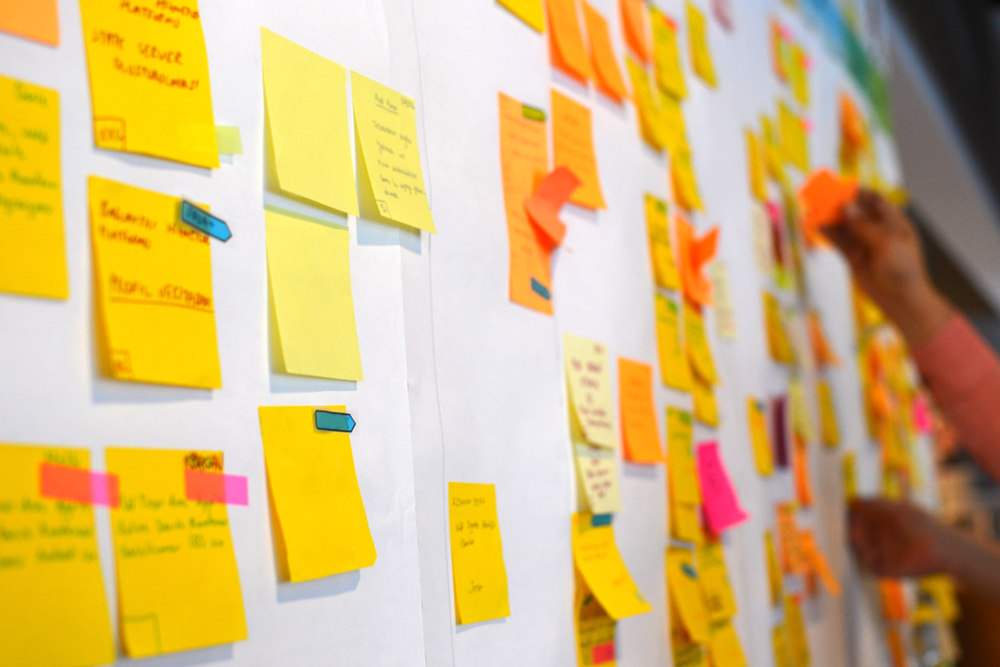
4 Foundational Value
· Individuals and interactions over processes and tools;
· Working software over comprehensive documentation;
· Customer collaboration over contract negotiation;
· Responding to change over following a plan.
12 Key Principles
· Customer satisfaction through early and continuous software delivery
· Accommodate changing requirements throughout the development process;
· Frequent delivery of working software;
· Collaboration between the business stakeholders and developers throughout the project;
· Support, trust, and motivate the people involved;
· Enable face-to-face interactions;
· Working software is the primary measure of progress;
· Agile processes to support a consistent development pace;
· Attention to technical detail and design enhances agility;
· Simplicity;
· Self-organizing teams encourage great architectures, requirements, and designs;
· Regular reflections on how to become more effective.
Waterfall – One of the earliest software development models, the waterfall model is a good point of comparison of just how far coding has come. It is basically a cascade of phases where completion is required before moving on. This means that if you want to test a particular phase, all stages of software development first.
There are no overlaps when dealing with the waterfall model and everything is done in a linear manner. You can take a look at the following for an idea of how this model is supposed to go:
1. Requirement Analysis
2. System Design
3. Implementation
4. Testing
5. Deployment
6. Maintenance
V Model – This model works on the parallel development phase that involves Verification and Validation, which can then be illustrated on a diagram with the letter V. On one side is Verification that goes along with various other phases and Validation is on the other. This particular model is also marked by the phases themselves, which are the following, which are broken down based on their various categories:
Verification
· Business Requirement Analysis
· System Design
· Architectural Design
· Module Design
After following those, you will arrive at the Coding Phase, where the system modules will actually be coded. This is where the choice of the programming language will truly shine.
Validation
· Unit Testing;
· Integration Testing;
· System Testing;
· Acceptance Testing.

Incremental Model – As the name of this software development model implies, this is a development process where modules are broken down into numerous standalone units. You basically have a methodology where you are cycling through the four phases of requirements, design, coding, and testing to form one increment. Each of those increments will then act as a part of each other, adding functions and features until you finally get the product that you need. This makes it more tedious than most other software development models, but it also provides more control.
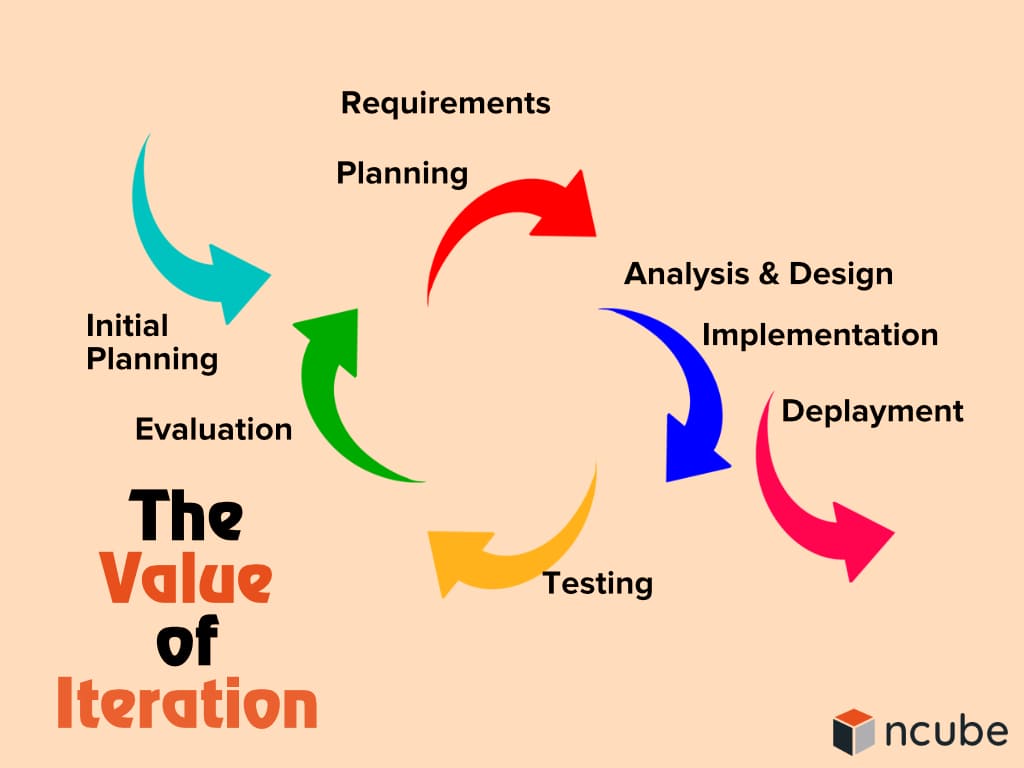
RAD Model – The Rapid Application Development model or RAD software development model is an offshoot of the incremental model where you basically work on the components on an individual and separate basis. Once done, these will then be put together and assembled to create the working prototype. Think of it like you were building pieces of a jigsaw puzzle and then creating the finished product once all pieces are done.
As such, this particular model is perfect for when you are trying to create samples to show customers in a quick manner that they will then be able to comment on. What’s more, each component can be assigned to different teams for later assembly. This can be done by simply following the phases of the RAD software development model, which are:
· Business modeling;
· Data modeling;
· Process modeling;
· Application generation;
· Testing and turnover.
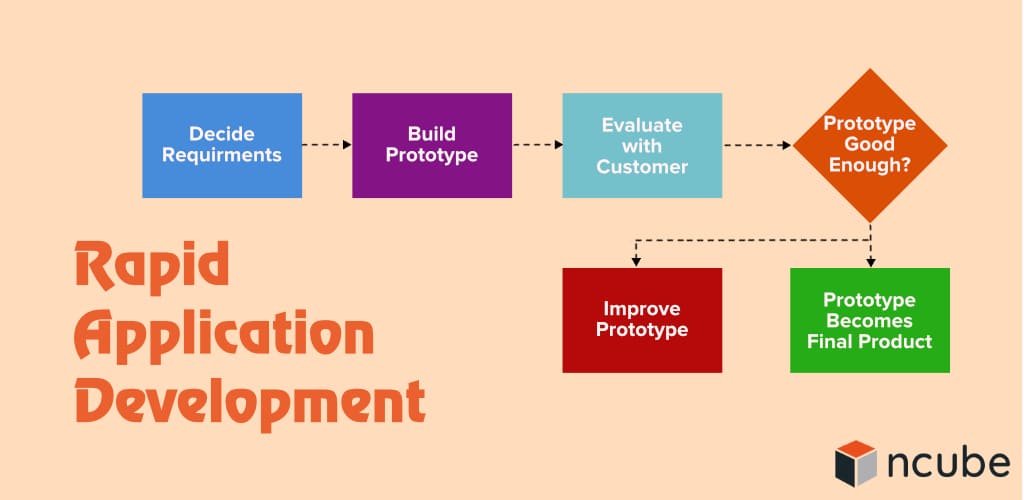
Iterative Model – Often confused with the incremental software development model, this methodology involves first creating a simple foundation before building on it. As it does so, the level of complexity increases until the final product is achieved. It would be best to imagine this like you are building a skyscraper where the design becomes more intricate the higher you go.
Another way to look at this software development model is as an overlapping 2D spiral where the lines regularly loop backward before moving forward. Each step is complete, analyzed, adjusted, and tested before moving on. As to what these steps are, you can take a look at the examples following processes:
· Planning & Requirements;
· Analysis & Design;
· Implementation;
· Testing;
· Evaluation.
Spiral Model – A software development model geared more towards handling risks rather than anything else. This software development model is one of the most essential methodologies in the business. It can basically be viewed as an overhead spiral where you are looking at the phenomena from the top in the center of a box that is divided into four smaller boxes.
Each loop stands for a phase, the radius is the cost, and the rate of progression is illustrated by the angular dimensions. The division of the phases here can be broken down into the following four quadrants:
· Objectives determination and identify alternative solutions;
· Identify and resolve Risks;
· Develop the next version of the Product;
· Review and plan for the Next Phase.
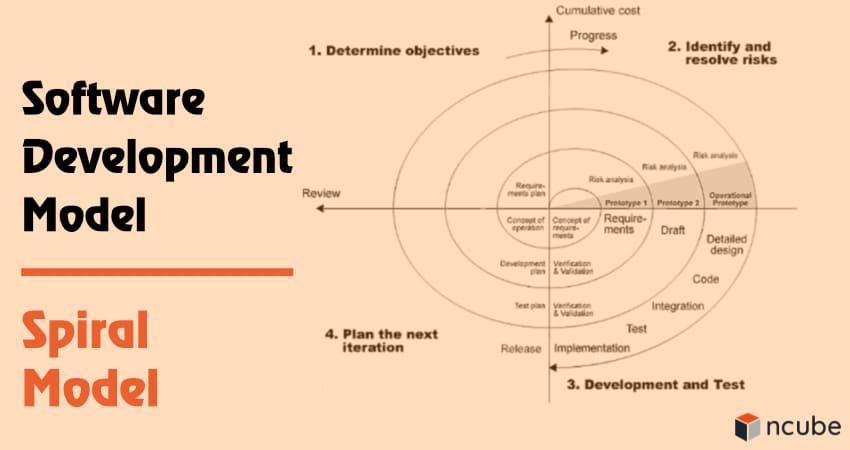
Prototyping Model – A more specific software development model, prototyping model is specifically intended to create a prototype in working condition, that can then be provided to the customers for feedback. It is a cyclical process where you start with a working sample, have it tested by the customer, get some feedback, which is then used to improve the prototype.
This is done until you get the final product that you want, but unlike with other software development models, this is highly dependent on what other people are saying. There is certainly something to be said about paying attention to insights that clients have to offer in this type of development. However, there is a risk that you end up pleasing nobody when the final result is released.
Top software development models: Conclusion
Choosing between different software models in software engineering is an essential step in product development. The models provide you with the ways and means to achieve your goal when working on a project and give you clear directions, methods on how to achieve your target, and solutions when trying to fix problems. With the top software development models provided above, you should be fairly equipped to dive into your project head-on.











